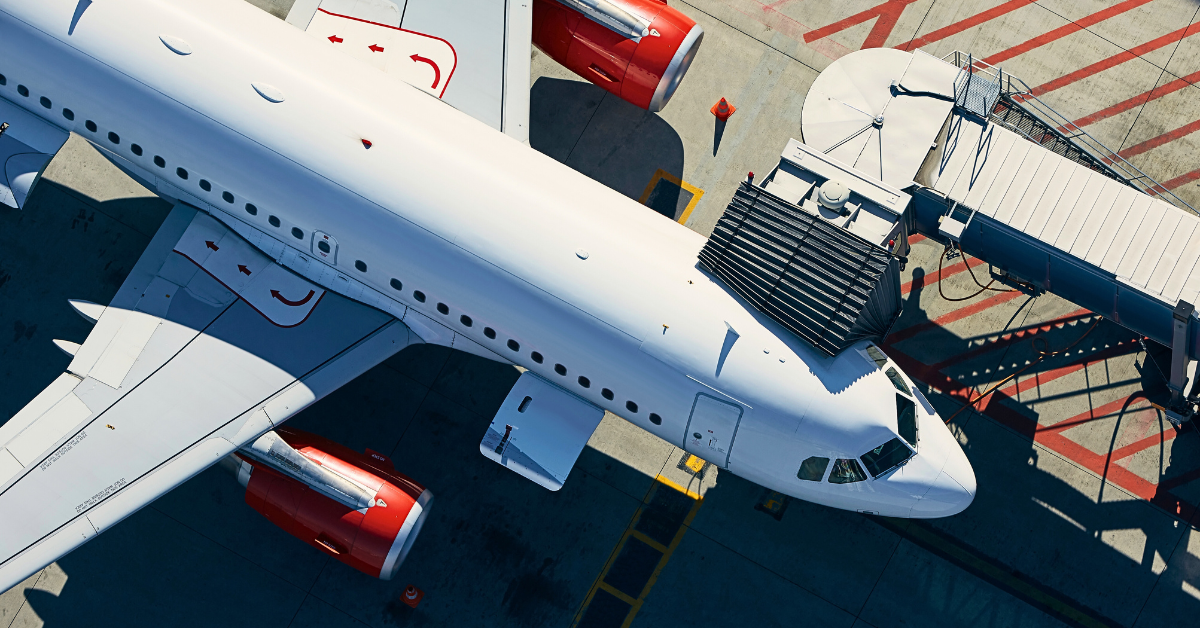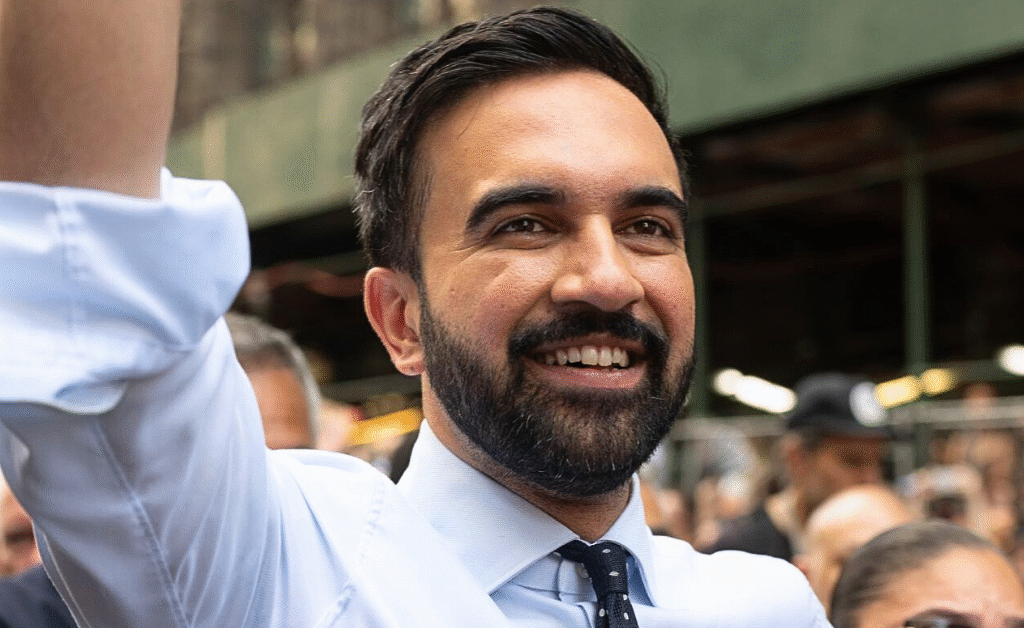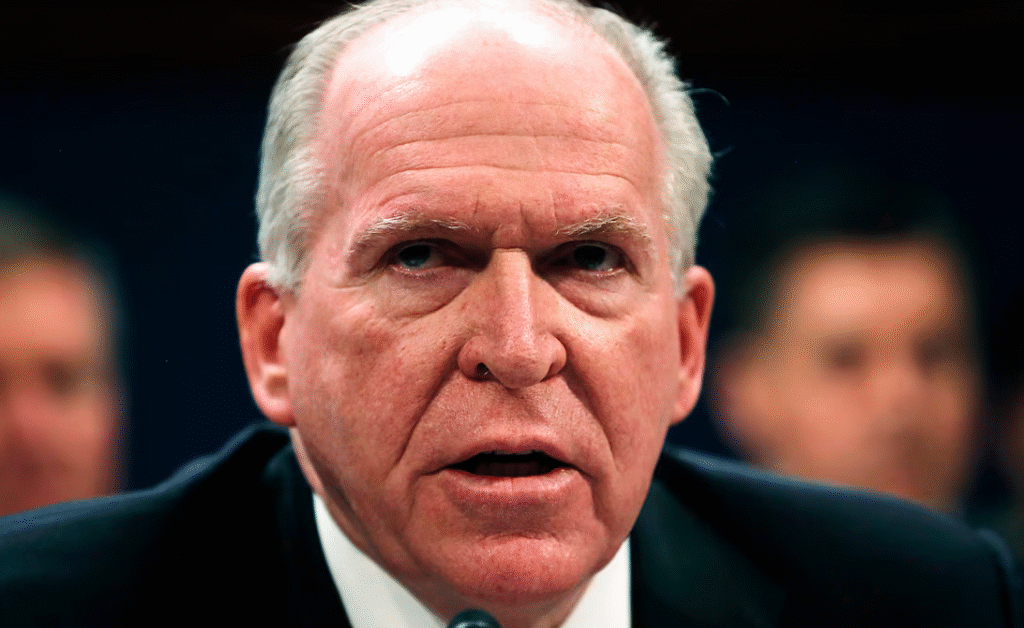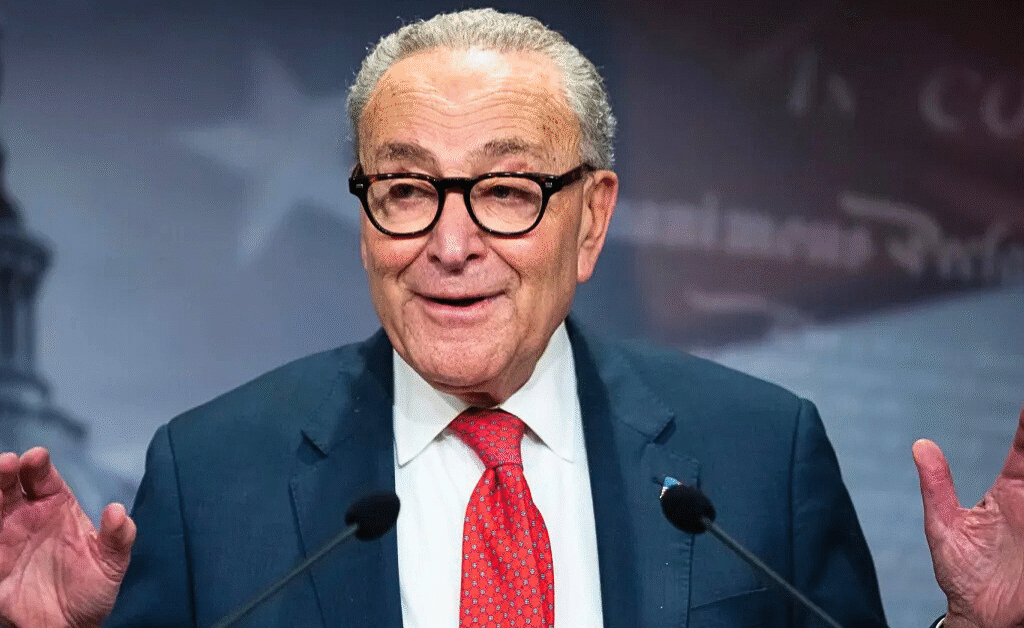- FAA cutting 10% of flights at 40 major airports due to controller shortages; cuts could double to 20% if the shutdown persists.
- Widespread delays, cancellations, and cargo impacts are stranding passengers and threatening holiday supply chains and the travel economy.
Picture this: It’s the Friday before Thanksgiving week, and you’re at Chicago’s O’Hare International, coffee in hand, dreaming of grandma’s stuffing. Your phone buzzes—a text from the airline app: “Flight delayed 90 minutes.” Refresh. “Canceled.”
Welcome to the new normal of air travel in shutdown America, where a political standoff that’s already outlasted any in modern history is turning the friendliest skies into a logistical nightmare.
As the U.S. government shutdown stretches into its 39th day today, the Federal Aviation Administration (FAA) is slashing flights at 40 of the nation’s busiest airports to keep things safe amid a dire shortage of air traffic controllers.
The FrankNez Media Daily Briefing newsletter provides all the news you need to start your day. Sign up here.
What started as a budget brawl over healthcare subsidies and spending caps has snowballed into one of the most disruptive travel crises in decades, hitting families, businesses, and even your Amazon delivery right where it hurts.
I’ve been chasing this story from the tarmac at Reagan National in D.C. yesterday, where Transportation Secretary Sean Duffy showed up unannounced to shake hands with weary passengers and overworked staff.
The vibe was tense—think long lines snaking through terminals like a bad Black Friday sale, but with more tears and fewer deals. “This isn’t about politics—it’s about safety,” Duffy told reporters outside the airport, his voice cutting through the hum of idling jets.
He’s not wrong. With thousands of controllers pulling six-day weeks on 10-hour shifts without a paycheck, fatigue is the real enemy here. The FAA’s response? A mandatory 10% cut in flights at hubs from Atlanta to Seattle, effective just after dawn on Friday.
And if this drags on? Duffy’s grim warning: Those reductions could double to 20% by Turkey Day, potentially stranding millions.
The Human Cost: Stories from the Stranded
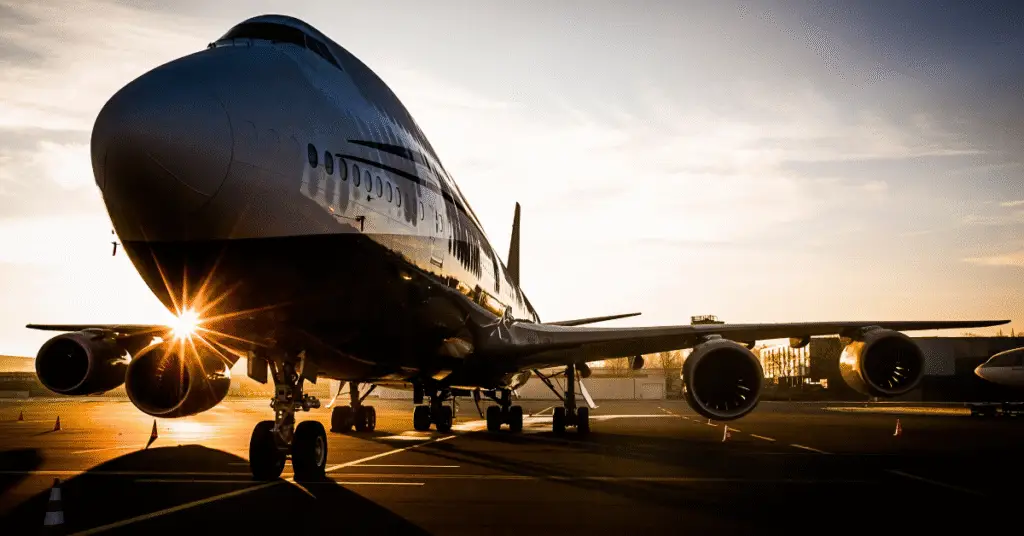
Let’s zoom in on the people caught in the crossfire. At Houston’s George Bush Intercontinental (IAH), Cara Bergeron, a 42-year-old teacher from Katy, Texas, spent her pre-dawn hours yesterday slumped against a pillar in the terminal, watching her 6 a.m. flight to Atlanta evaporate.
“It was snaking around all different parts… I’ve never seen anything like that,” she told the Associated Press, describing lines that barely budged for hours.
Bergeron wasn’t alone; by midday, IAH was logging 46-minute average delays, with some folks resorting to napping on the floor just to cope.
She eventually snagged a seat on a later United flight—after surrendering her checked bag and paying $150 for a last-minute rental car to bridge the gap to her connecting leg.
“My sister’s wedding rehearsal is tonight,” she said, voice cracking over the phone. “This shutdown isn’t just delaying packages; it’s delaying life.”
Over in Newark, Karen Soika, a Greenwich, Connecticut, mom of two, faced her own odyssey. Her direct flight to Utah for a family ski trip? Canceled. The rebooking?
A detour through JFK, an hour’s drive away in rush-hour traffic. “We rented a U-Haul just to get there,” she shared in a viral thread on X (formerly Twitter), where passengers are swapping war stories like battlefield vets.
One user, @MattLindnerATL, posted a screenshot of his Southwest cancellation: “Stranded in Dallas. Rebooked for tomorrow. Merry Shutdown-mas, everyone.”
These aren’t just gripes; they’re a chorus of frustration echoing across social media, where #ShutdownSkies has racked up over 150,000 mentions in the last 24 hours.
And it’s not just leisure travelers getting hammered. Bloomberg editor Carol Massar tweeted from a two-hour delay at Newark: “Stuck on the tarmac while Congress plays chicken with our paychecks.
FAA, we get it—safety first. But someone fund these folks already.”
Business folks are pivoting hard, too. In a Fox Business interview, National Economic Council Director Kevin Hassett flagged the broader ripple: “We’re looking at a near-term downturn in travel and leisure sectors,” he said, pegging potential GDP hits in the billions if cargo delays mess with Black Friday shipments.
Nearly half of U.S. air freight rides on passenger planes, so when Delta axes 170 flights like it did Friday, it’s not just suitcases left behind—it’s pallets of holiday toys and electronics.
The Numbers Don’t Lie: A Snapshot of the Mayhem
To grasp the scale, consider this: By 4 p.m. ET yesterday, FlightAware tallied over 3,800 delays and 970 cancellations nationwide, with the pain concentrated at the FAA’s “dirty 40” airports.
newsweek.com Reagan National (DCA) was ground zero—300-plus delays, 132 outright no-gos, including four-hour departure backlogs that turned the runway into a parking lot.
O’Hare (ORD) wasn’t far behind: 404 delays, 95 cancellations, with average holds pushing an hour. Atlanta’s Hartsfield-Jackson (ATL), the world’s busiest? 297 delays and 83 cancellations, snarling everything from Florida feeders to transatlantic hops.
Here’s a quick breakdown of the hardest-hit spots yesterday (data from Cirium and FAA reports):
| Airport | Delays | Cancellations | Avg. Delay Time |
|---|---|---|---|
| Reagan National (DCA) | 300+ | 132 | 83 minutes |
| O’Hare (ORD) | 404 | 95 | 60 minutes |
| Hartsfield-Jackson (ATL) | 297 | 83 | 45 minutes |
| Newark (EWR) | 200+ | 50 | 115 minutes |
| Dallas/Fort Worth (DFW) | 150 | 40 | 30 minutes |
These aren’t freak weather events; they’re man-made, born from a pre-shutdown controller shortage of 3,500 that’s ballooned under the freeze on hiring.
Since the shutdown kicked off, staffing incidents have quadrupled to 453, per FAA logs—think towers running skeleton crews or en route centers in Boston and Jacksonville calling in the backups.
“We are seeing signs of stress in the system,” FAA Administrator Bryan Bedford said in a statement Friday.
“Reducing flights now helps ensure continued safety.” It’s a band-aid on a gushing wound, and experts like Henry Harteveldt of Atmosphere Research Group warn it could take months to recover even after the lights flick back on.
Training new controllers? That’s a 3-5 month slog, frozen solid right now.
Airlines Scramble, But the Blame Game Rages On
The big three—American, Delta, United—aren’t sitting idle. American’s COO David Seymour went on ABC’s Good Morning America to plead the case: “End the shutdown and respect the workers,” he urged Congress, fresh off announcing 221 cancellations from their 6,000 daily flights.
United rolled out a fancy “cancel analyzer” tool called Orca to shave impacts, rebooking 81% of affected passengers ahead of time. Delta’s even waiving change fees on their rock-bottom Main Basic fares—a rare concession in an industry allergic to refunds.
But let’s be real: These gestures feel like lipstick on a pig when you’re staring down a missed family reunion.Politically? It’s the usual D.C. dumpster fire.
Democrats, led by Senate Majority Leader Chuck Schumer, dropped a compromise yesterday afternoon: a one-year extension of ACA subsidies, short-term funding through January, and a vow to tackle the big spending bills later.
“The path forward is simple… reopen the government,” Schumer declared from the Senate floor, flanked by his caucus.
Sen. Tammy Baldwin of Wisconsin chimed in: “This is our path forward… This is how we reopen the government.”
Republicans, including Senate Minority Leader John Thune, fired back that Dems are holding the budget hostage over “woke” priorities.
The White House piled on, calling the impasse a “brazen, demented betrayal” by Democrats. As one NATCA union rep put it to CNN: “Controllers are the rope in the tug-of-war.”
Even space cowboys are feeling the squeeze. The FAA’s restricting rocket launches to overnight slots starting Monday—bye-bye to SpaceX’s trio of blasts and NASA’s ESCAPADE Mars probe, slotted for a 2:45 p.m. liftoff.
“Safety is our shared top priority,” Airlines for America said in a statement, “but this simply is not sustainable.”
Beyond the Runway: What Happens Next?
As I wrap up from a (mercifully on-time) flight out of Philly this morning—PHL’s delays “only” hit 50 minutes yesterday—I’m left wondering: How did we get here, and how do we climb out?
This shutdown, the longest ever, stems from a quirky 1980 tweak to an 1884 law that bars spending without Congress’s nod.
It’s frozen not just FAA hires but everything from TSA screenings to national park access. Amtrak’s bracing for a record 1.2 million riders this Thanksgiving, FlixBus is adding routes, and Hertz reports a 20% spike in one-way rentals.
Smart moves if you’re flexible, but what about the single parent with a medical appointment or the veteran heading to a reunion?
Passenger rights guru Ivalyo Danailov of SkyRefund has some advice: “Check your eligibility for compensation—EU rules might even apply on U.S. legs—and book backups for anything time-sensitive.”
Aviation vet Mike Taylor of J.D. Power emails me this morning: “Keeping planes on the ground has always been the most efficient way… The flying public has a very short-term memory.”
But will they? With holiday travel peaking, this could scar a generation of flyers. If you’re wheels-up soon, download that app, pack light, and maybe keep a good book handy.
Congress reconvenes Monday—fingers crossed for a miracle. Until then, the skies are a gamble, and the house always wins. What’s your shutdown travel horror story? Drop it in the comments below—misery loves company.
Also Read: A DOJ Whistleblower Now Makes Revelation That Undermines the Judicial System’s Integrity


